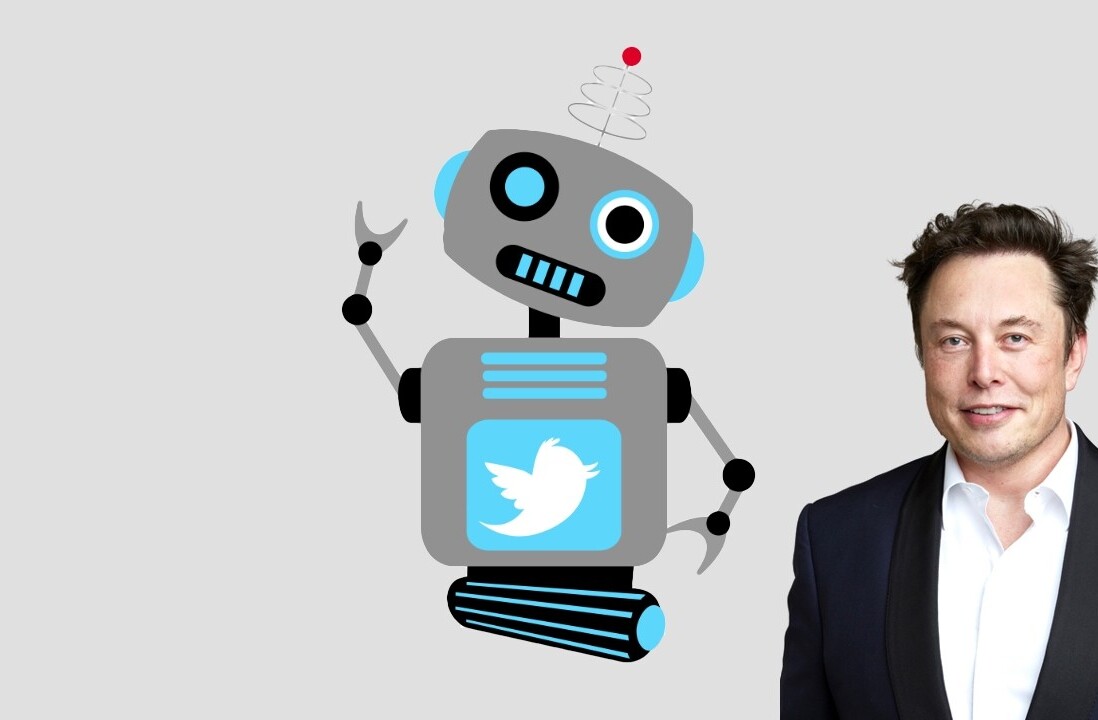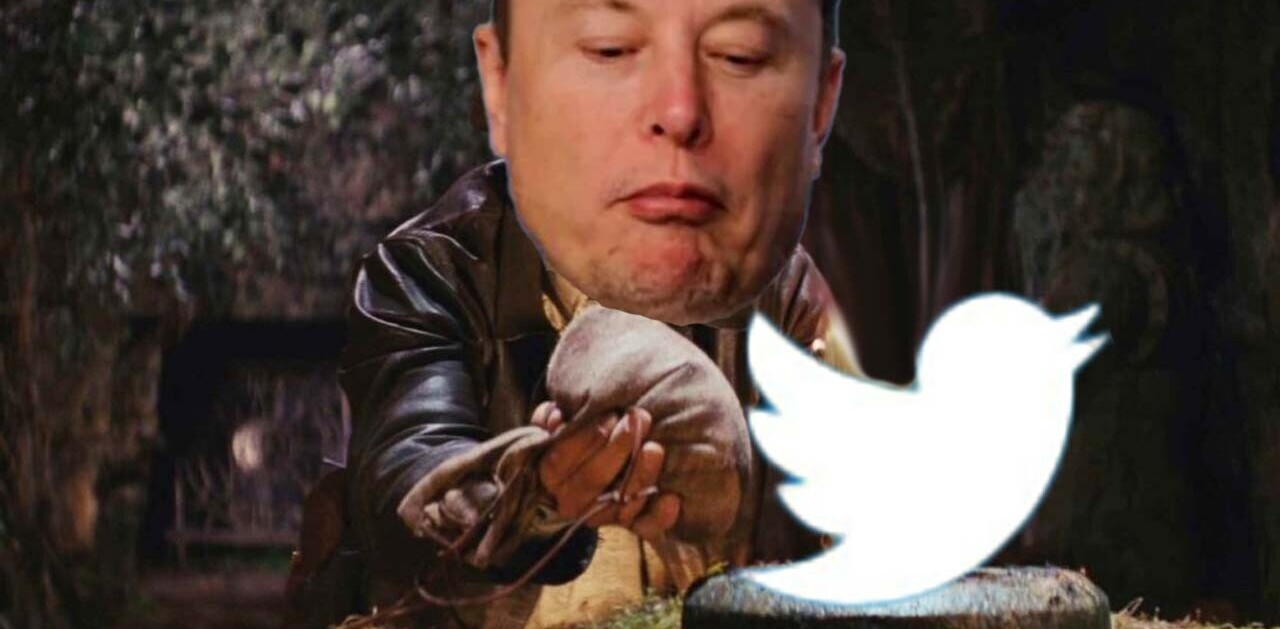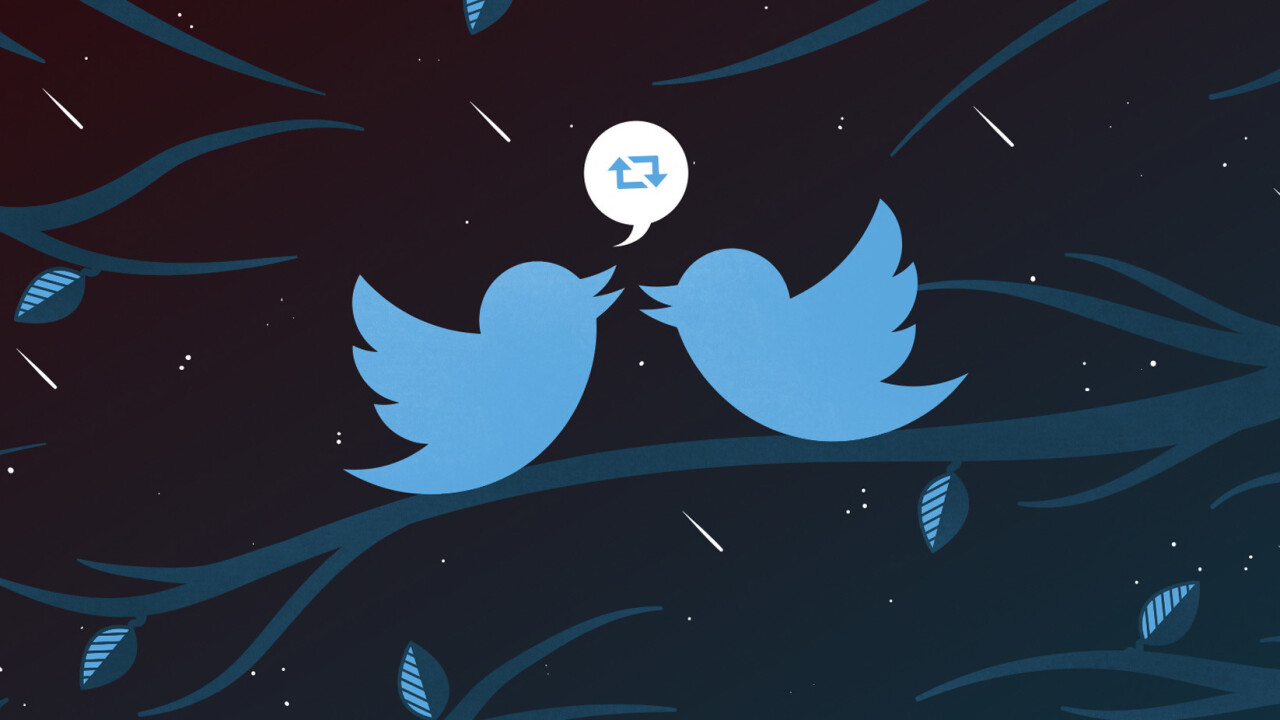
You can have a spectacular offline reputation, but one red mark, one tweet sent out to the world, and your online reputation can cause serious damage personally and professionally.
Sadly, seemingly since the rise of social media, individuals and brands alike have been making poor decisions that have had dire results.
Brand and reputation management seminars are big business but it all boils down to common sense.
Let’s look at a few of the most recent examples where folks didn’t think through the content they were publishing to the Web and from there, we can establish a few ground rules to ensure that your next tweet won’t get you canned.
Justine Sacco’s AIDS “joke”
On a fateful morning in December 2013, a young lady by the name of Justine Sacco was traveling from New York to South Africa to visit family for the holidays.
As the senior director of corporate communications for IAC, a leading Internet and media company comprised of some of the world’s most recognized brands and products such as HomeAdvisor, Vimeo, Dictionary.com and more, Sacco should have been more aware of the savagery that would consume her when she tweeted:
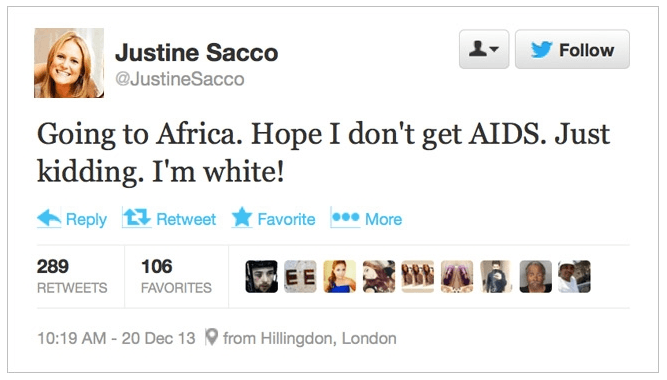
When her plane landed in Cape Town, Sacco powered on her phone and was immediately enveloped in a gnarly scenario.
She had begun trending worldwide: #HasJustineLandedYet
Thousands and thousands of angry tweets filled her timeline, friends expressed their concern and sympathy through text messages and her employer denounced the statement that Sacco had made through her account. A Twitter user in the airport even snapped a photo and tweeted a confirmation of her arrival.
You can read more about the waves of repercussions here, but one simple tweet virtually ruined her life.
While Sacco will always explain away the post by claiming that it was meant to be satirical, it’s needless to say this event will have a permanent place in the Hall of Social Media Fails and will be referenced for many more years as a worst case scenario.
Six months later, news broke around Justine again, as she surfaced as the PR rep for a controversial daily bets startup: FanDuel.com.
The lesson here? Don’t be an awful human being for a chance at a laugh. There are lines. Lines that the senior director of corporate communications for a large Internet conglomerate never should have tried crossing.
Mind you, she was full of one-liners on her trip. She also published this when she landed in the UK: “Chilly — cucumber sandwiches — bad teeth. Back in London!” Oh, Justine.
Cella wasn’t excited about her new job
By 2015, enough people had effed up with a thoughtless social media post that Texas teen Cella should have known better than to make a less than savory comment about starting her new job.
On February 6, she tweeted:
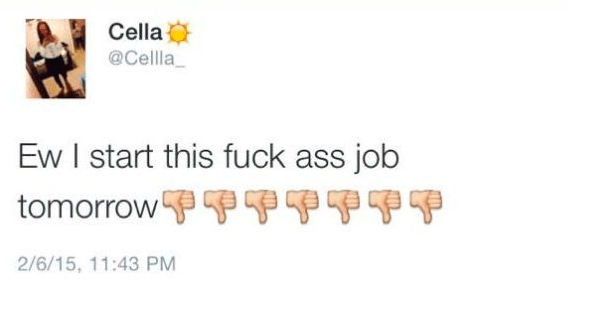
The story of Cella is shorter and less perverse than Justine Sacco but equally as important, for her to-be manager was alerted of Cella’s enthusiasm regarding her new job and he used his second tweet (ever) to let her know she wouldn’t have to worry about coming in to work her f**k a** new job.
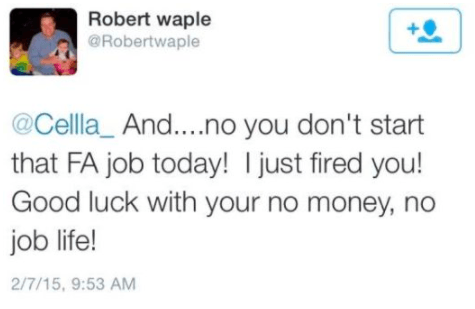
The golden rule of social media: make sure that you wouldn’t mind if your messages reached everyone when publishing thoughts and feelings online, because that is a possibility.
The tale of the half-naked, weed-smoking math teacher
It is fairly common to hear something about a teacher getting in trouble in one way or another, but usually there is an element of subtlety.
With Carly “CrunkBear” McKinney, the first-year 23-year-old tenth-grade math teacher at Overland High School in Aurora, Colorado, she was a bit more forward with her need for self expression.
Station 9NEWS in Denver stumbled across a Twitter account that Carly McKinney had apparently created under the pseudonym of @crunk_bear. The account was laced with photos of McKinney exposing herself and regularly smoking weed, while using references to drug and rave culture.

McKinney told 9NEWS that the account was actually a parody her friend had been maintaining and that she never actually brought marijuana on to Overland’s campus, though many of the tweets would suggest otherwise.
Promptly after news of McKinney’s supposed habits and provocative posting behavior spread, the Cherry Creek School District placed her on administrative leave.
The lessons involved with Carly “CrunkBear” McKinney are many, but none of which should be hard to deduce. What you do on your own time that could be considered questionable, should likely stay offline.
Brands can make the same mistakes
Unfortunately, individuals aren’t the only ones who make these types of mistakes.
While typically, a proper social media team will work collaboratively to create content calendars that put post copy through multiple layers of review, sometimes things just… slip through. Especially during real-time activations.
If a hashtag is trending, and relevant, pulling the trigger on something clever is never frowned upon. Unless the brand avoided doing their homework and accidentally pushes something callous and ignorant into the ethers of the Internet.
In early Q4 of 2014, #WhyIStayed began trending. Women were sharing their stories about abusive relationships and discussing why they had stayed in various awful situations.
And then there was this…
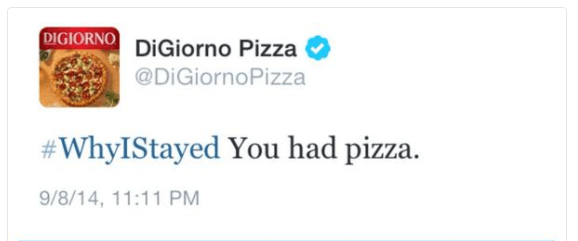
Though they quickly issued an apology, the damage had been done.
If you are going to enter a conversation trending worldwide on a social network with over 360 million users, make sure you understand the context.
Mental checklist prior to hitting “Tweet”
As we’ve learned in the cases of Justine, Cella, Carly and DiGiorno, knee-jerk reactions and the Internet are often not a great pair.
When considering posting something online that you may think is funny, clever or cool, as a brand or as an individual, run through these questions in your head. Bookmark this list for reference as a sure way to future proof your content, your brand’s integrity and/or your job.
- Does the content align with your brand’s voice and/or brand purpose?
- While it may appeal to a certain sect of your target audience, how will everyone else view this?
- On a personal level, would you make this comment in an interview? How does it further your image?
Another set of questions that couldn’t hurt:
- Is this illegal?
- Is this frowned upon by 90 percent of the world’s population?
- Would my grandma be ashamed of this content? What about my mother?
- Is this a place where others can see my content that could lead to trouble?
- Are you using the term “jailbait” when referring to children you are paid to educate?
Get the TNW newsletter
Get the most important tech news in your inbox each week.




